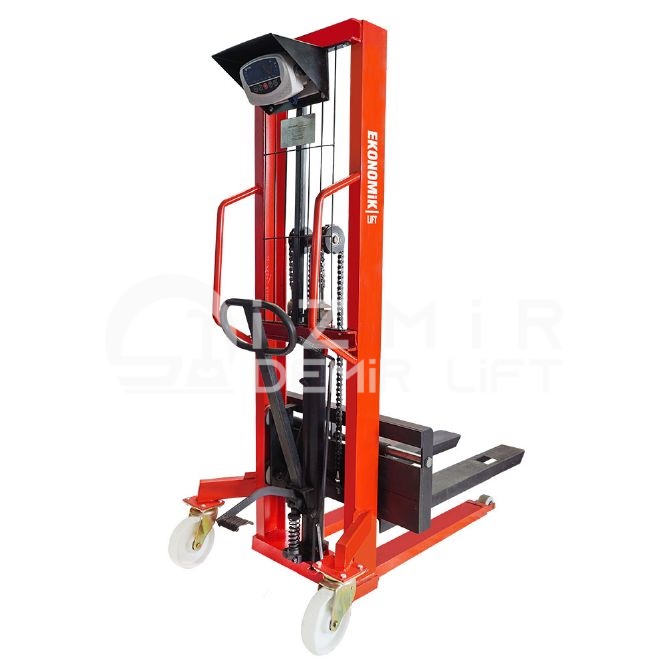
Stacker machines are vehicles designed to lift heavy loads to desired heights. Their usage results in significant savings in both time and labor. As a result, tasks are accomplished faster and at a lower cost. Given the crucial role these machines play, it's essential to perform periodic inspections to ensure their smooth functionality.
Stacker machines can effortlessly lift loads measured in tons. However, any issue that arises during this process can lead to operator injuries or even loss of life. Additionally, accidents can cause severe financial damages in the operational area and halt operations for an extended period. To avoid such issues, it's crucial not to neglect periodic inspections of stacker machines. So, how are these inspections conducted, and how often should they be repeated?
What Are Periodic Inspections of a Stacker Machine? It's widely known that stacker machines are employed in various fields today. These machines facilitate the safe lifting of extremely heavy loads. Due to the critical nature of their role, their trouble-free operation is of paramount importance. This is why periodic inspections of stacker machines are conducted.
Periodic inspections are mandatory and are conducted at least once a year. These inspections are carried out by experts from institutions authorized by the ministry. In other words, these inspections are organized by the ministry. To continue using these machines, they must be deemed safe after these inspections.
How Are Periodic Inspections of a Stacker Machine Conducted? Periodic inspections of a stacker machine involve a comprehensive examination of the machine in question. Experts trained in this field conduct mechanical, physical, and visual tests. Additionally, static dynamic load tests, load experiments, and hydraulic system inspections are carried out. In short, stacker machines are thoroughly examined by professionals.
Based on the data obtained from these inspections, a report is generated. This report includes the specifications of the machine. If the results of the tests are successful, the machine is considered safe, and a safety approval is granted, indicating that there are no issues with its operation. However, if the test results are not as desired, a report indicating deficiencies is prepared. In such cases, a timeframe is given to rectify the shortcomings. After maintenance procedures are completed, the necessary inspections are repeated. This process continues until the stacker machine receives a safe report.
While it's mandatory to conduct annual inspections of stacker machines, performing these inspections more frequently would be beneficial. This practice ensures the safe use of these machines.